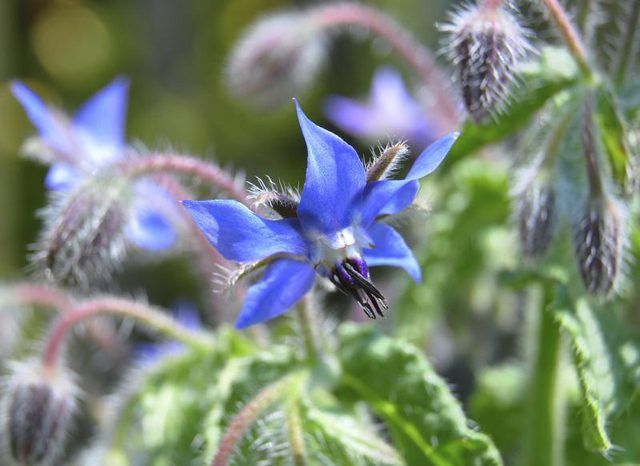Bulbs
Flower Basics
Flower Beds & Specialty Gardens
Flower Garden
Garden Furniture
Garden Gnomes
Garden Seeds
Garden Sheds
Garden Statues
Garden Tools & Supplies
Gardening Basics
Green & Organic
Groundcovers & Vines
Growing Annuals
Growing Basil
Growing Beans
Growing Berries
Growing Blueberries
Growing Cactus
Growing Corn
Growing Cotton
Growing Edibles
Growing Flowers
Growing Garlic
Growing Grapes
Growing Grass
Growing Herbs
Growing Jasmine
Growing Mint
Growing Mushrooms
Orchids
Growing Peanuts
Growing Perennials
Growing Plants
Growing Rosemary
Growing Roses
Growing Strawberries
Growing Sunflowers
Growing Thyme
Growing Tomatoes
Growing Tulips
Growing Vegetables
Herb Basics
Herb Garden
Indoor Growing
Landscaping Basics
Landscaping Patios
Landscaping Plants
Landscaping Shrubs
Landscaping Trees
Landscaping Walks & Pathways
Lawn Basics
Lawn Maintenance
Lawn Mowers
Lawn Ornaments
Lawn Planting
Lawn Tools
Outdoor Growing
Overall Landscape Planning
Pests, Weeds & Problems
Plant Basics
Rock Garden
Rose Garden
Shrubs
Soil
Specialty Gardens
Trees
Vegetable Garden
Yard Maintenance
How to Grow Borage
How to Grow Borage. An eye-catching accent for your summer garden, the true-blue, star-shaped flowers of borage (Borago officinalis) hang in loose clusters on top of gray-green stems and foliage. The casual charm of borage, which thrives as an annual in USDA plant hardiness zones 2 through 11, is enhanced by its no-fuss planting and minimal...

An eye-catching accent for your summer garden, the true-blue, star-shaped flowers of borage (Borago officinalis) hang in loose clusters on top of gray-green stems and foliage. The casual charm of borage, which thrives as an annual in USDA plant hardiness zones 2 through 11, is enhanced by its no-fuss planting and minimal maintenance requirements. Sow borage in strategic locations to attract bees, add bright blue bursts of color to the landscape, and provide easy-to-pluck, edible blossoms for glamorous salad and beverage garnishes.
Put Borage in the Background
Borage plants grow up to 3 feet tall, although some may only reach a height of 1 to 2 feet. Because the stems have a tendency to flop and sprawl, borage looks best tucked near the back of a flower border to serve as filler, or positioned at the edge of a vegetable bed to attract pollinator bees. Avoid planting in fully shaded areas; spots that get full sun to partial shade are ideal for the herbaceous annual to thrive.
Low-Key Soil Prep and Sowing
Borage isn't terribly fussy about the type of dirt it needs to send down roots and unfurl its fuzz-covered leaves -- just don't pick a spot with rock-hard clay soil or that is wet and swampy. Borage can be started indoors but doesn't transplant well, so it's best to seed directly in the ground after the last chance of frost has passed in the spring. Turn over the top 2 to 6 inches of dirt with a hand trowel or shovel, breaking up any large clumps into small crumbles. Sprinkle a pinch of the small black seeds – about 1/8 teaspoon – evenly over each square foot of prepared soil. Cover the seeds with 1/4 inch of fine soil.
Water. Thin. Relax.
Water the newly planted area until the soil is soaked to an inch deep, or up to the first knuckle when you poke your finger in the dirt, and keep the spot damp – but not soggy – for the next month. Seedlings emerge in 1 to 2 weeks. When they are about 2 inches high, pull most of them, leaving only one plant per every 10 to 12 inches of surface space. Beyond pulling any weeds that appear around the young plants and occasional watering when the top inch of soil feels dry, there's little more you have to do. Borage doesn't have to be fertilized and isn't susceptible to pest problems.
Re-Seeding and Leaf Concerns
Depending on how much you love its showy blue flowers and silvery green foliage, borage's habit of reseeding itself is a bonus or bust. As the flowers fade and dry at the end of the season, they release seeds that germinate the next spring. Thin the new seedlings to grow another robust round of borage, or eliminate them by pulling or hoeing. In humid conditions -- and if the plants are too close together for good air circulation -- powdery mildew may cause unsightly white spots and shriveled, yellowing leaves. The straightforward solution is to pull the plants and discard them in the trash. The tiny, hair-like bristles on borage leaves and stems can cause a red, itchy rash on some people. Avoid the potential for discomfort by wearing garden gloves and a long-sleeve shirt when you pick the flowers or remove the plants at the end of the growing season.